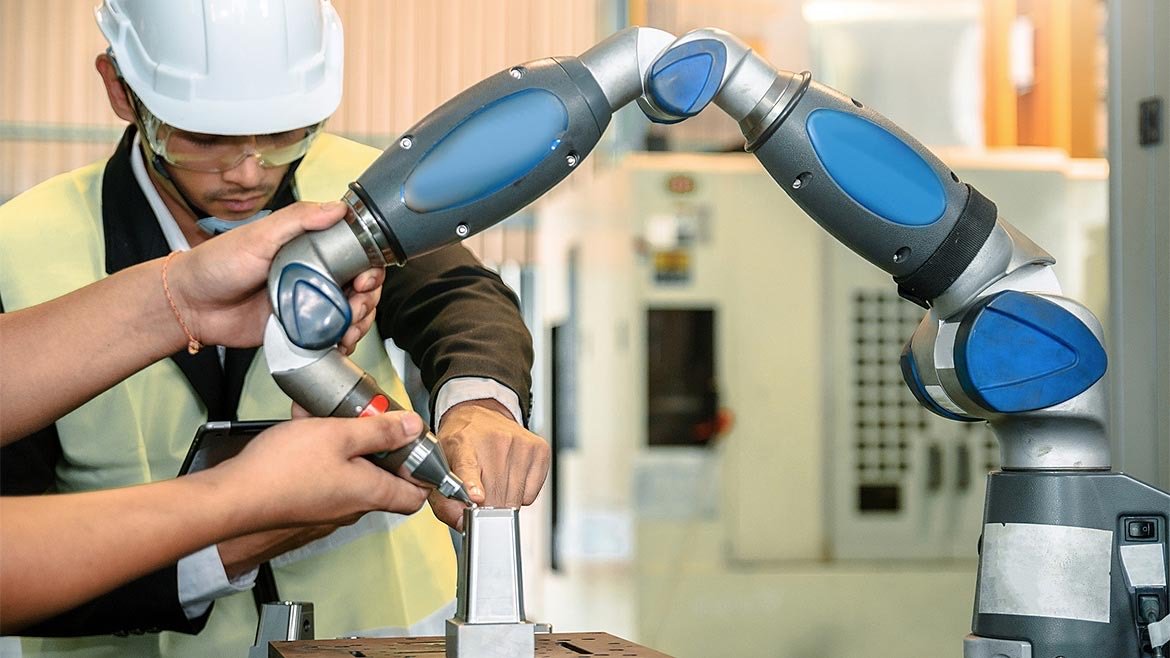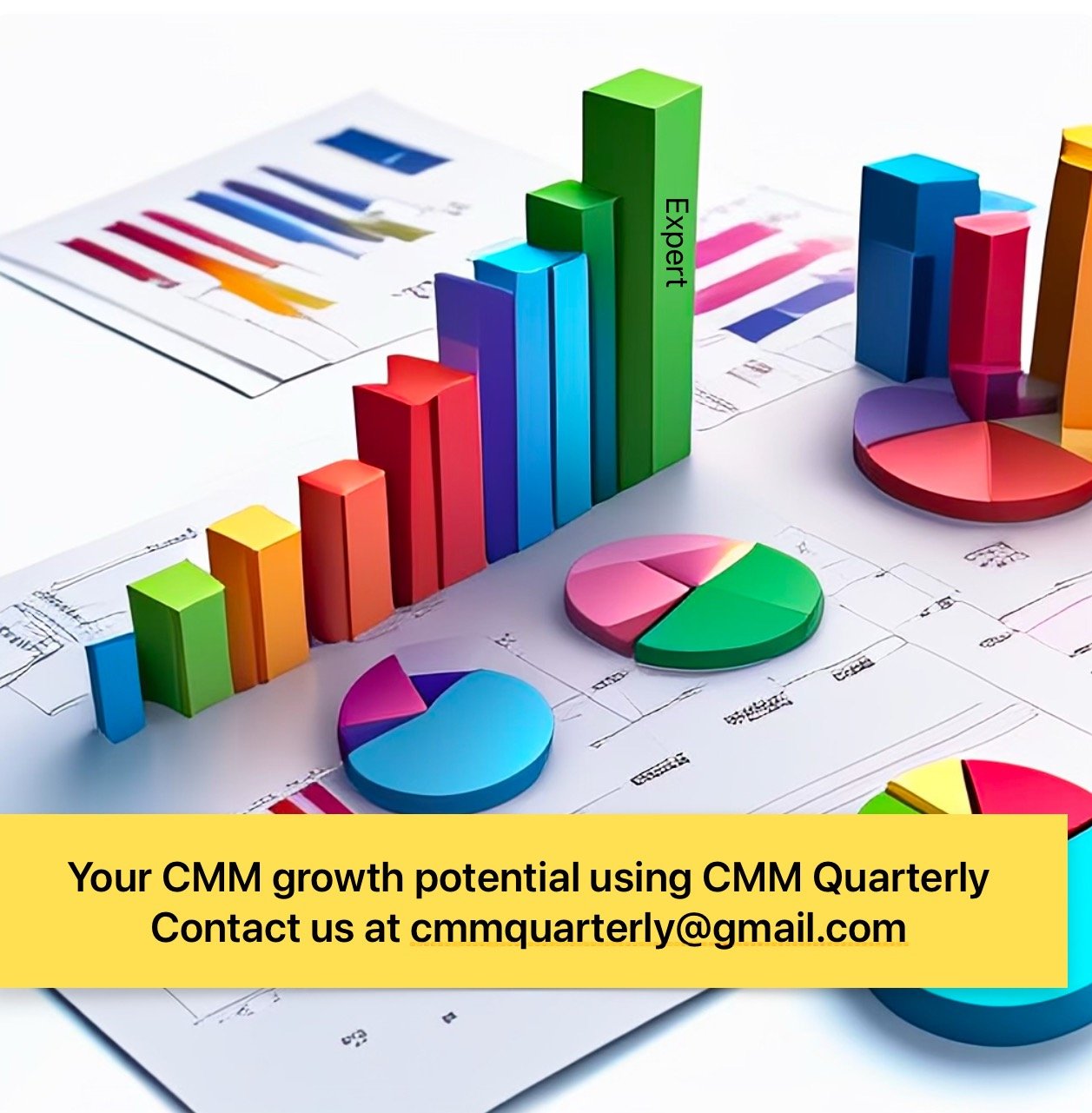Metrology: The Science of Correct Decision Making
By Sarah Manea
We need to have the ability to collect and analyze data in order to come to the correct conclusion.
The great William Edwards Deming once said: “In God we trust; all others must bring data.” We need data to help us reach correct decisions and make the world around us work as intended; but what is data and how do we get it?
The answer is: through measurements, and the science of measurement known as metrology. To be more precise, it is the science of measurement of various product characteristics such as mechanical dimensions, material properties, electrical characteristics of circuits and systems as well as everyday characteristics such as environmental features. It has a daily impact on our lives and without it, many would argue, we could not possibly advance society forward. For you cannot accurately build what you cannot accurately measure.
Metrology is divided into three basic overlapping activities: 1) the definition of units of measurement; 2) the realization of these units of measurement in practice; 3) traceability—linking measurements made in practice to the reference standards.
To ensure that a measurement taken in one country is equivalent to one taken in another country, each has a national measurement system (NMS) that exists as a network of laboratories, calibration facilities and accreditation bodies which implement and maintain its metrology infrastructure.
All human processes—from manufacturing the cars and planes we trust to take us safely to our destinations, to developing and administering the medications we absorb into our bloodstream—rely on highly precise and regulated measuring systems and protocols. The analysis portion of problem solving can be as simple as a comparison of the data to specification and control limits (“in and out of spec” or “in and out of process control”) or as sophisticated as the design of experiments, with multiple factors and levels. However, to conduct any analysis, we require that the measurement method is repeatable and reproducible.
To ascertain if we are using the correct measurement system for the task at hand, the measurement system analysis (“MSA”) tool is used. This analytical tool allows the user to quantify the amount of variation present in each type of inspection, measurement, and test equipment and its associated procedure or protocol. It is how we can assess the quality of the measurement system.
To further understand how metrology affects our daily life, let’s look at how mechanical or dimensional characteristics of manufactured objects are analyzed through Joseph M. Juran’s definition of quality as “fitness for use.” We can certainly appreciate that in order to be fit for use, a water bottle cap must meet a set of dimensions, ensuring that it fits with the bottle to prevent leaking. There are several determining methods that can be used and the two most used are the touch-probe (physical contact with the measured article) and the visual inspection method (noncontact with the measured article).
Touch probe systems, such as coordinate measurement machines (CMMs), work by physically touching the part being measured. They have a stylus with a round ball or cylindrical ruby on the end that moves slightly when contact is made with the part and a signal is sent to the system for acknowledgment of contact. Like the name suggests, they uses a coordinate system to determine positions for points of contact against the part’s datum structure. They tend to be reliable, some can be moved to job sites and programmed remotely. However, there is an upfront time investment necessary to learn the various programming languages and systems, and part cleanliness directly impacts results.
Measurement data can also be collected by narrow, blue-band light scanning which can create 2D and 3D models. Much like the physical touch probe measurement systems, the visual ones also come in various sizes and portability and allow for simpler use. They can also greatly reduce the time it takes to measure a part as it avoids the time needed to touch, move and change probe sizes/angles. However, depending on the system, it may have a limited field of view and is sometimes restricted by the finish and transparency of the material.
When confronted with a decision that involves a product or environmental characteristic, we need to have the ability to collect and analyze data in order to come to the correct conclusion. Metrology, the science of measurement, provides all the necessary tools required to support a correct decision-making process.
If you are interested in learning more about metrology and high precision measurement, ASQ offers several certifications and courses (specifically the Certified Quality Technician, Certified Quality Inspector and Certified Calibration Technician certifications). ASQ also has an expansive network of quality professionals in this field and others who can assist with any metrology questions or needs in a supportive and professional manner.

